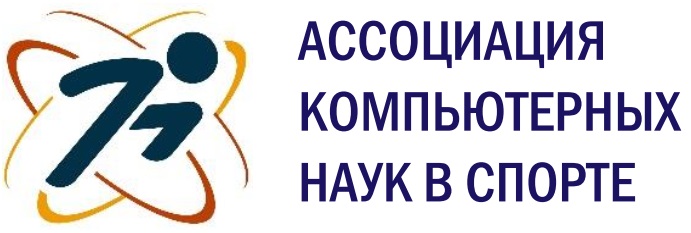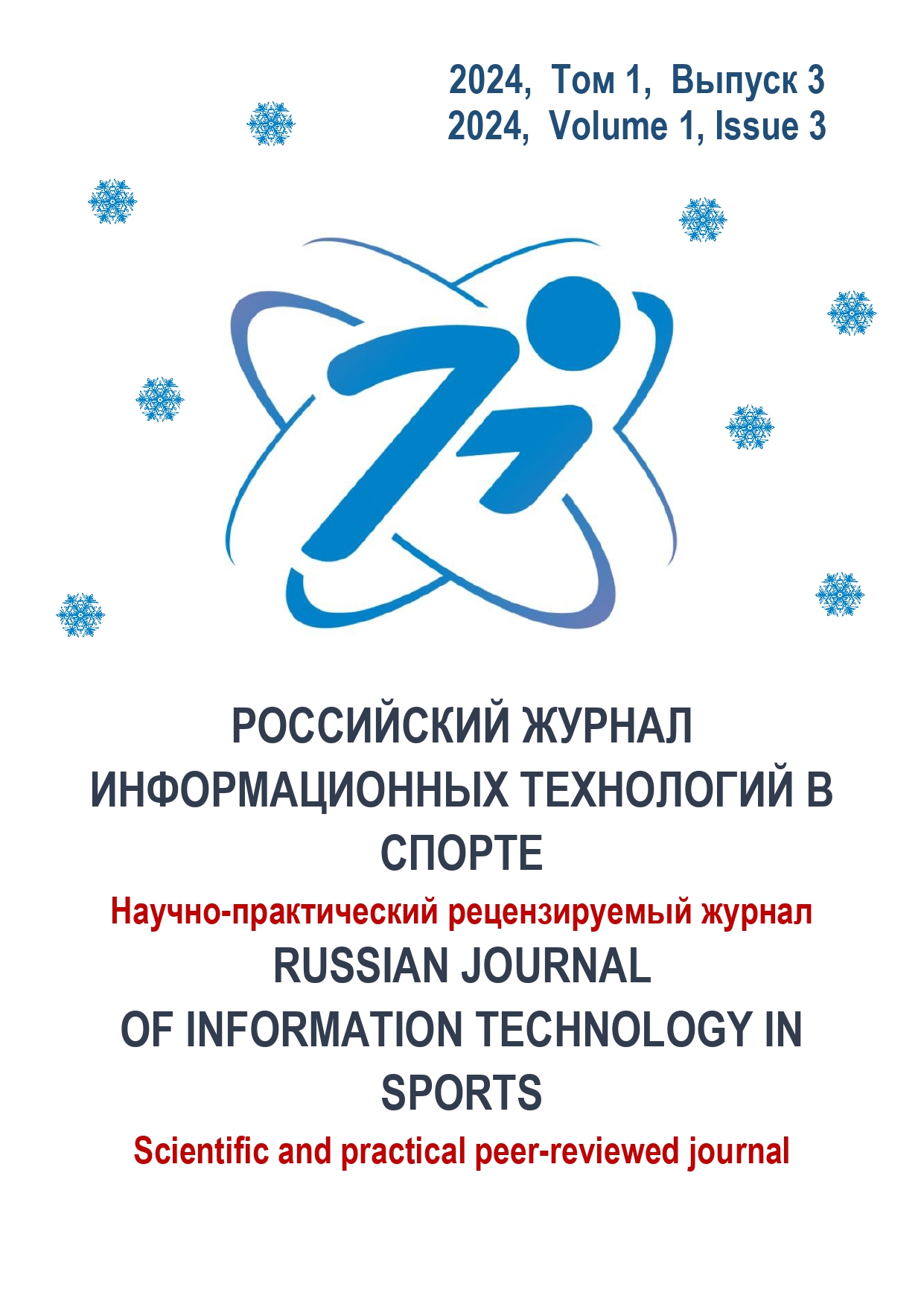from 01.01.2024 until now
Moscow, Russian Federation
Moscow, Russian Federation
Dolgoprudny, Moscow, Russian Federation
Acceleration Digital LLC
Moscow, Russian Federation
Moscow, Russian Federation
Federal Territory "Sirius", Krasnodar, Russian Federation
employee
VAK Russia 1.2.2
VAK Russia 3.3.9
VAK Russia 3.1.33
VAK Russia 5.8.6
VAK Russia 2.2.12
UDC 004
UDC 796.012
CSCSTI 50.53
CSCSTI 77.00
CSCSTI 20.00
Russian Classification of Professions by Education 02.00.00
Russian Classification of Professions by Education 06.00.00
Russian Classification of Professions by Education 09.00.00
Russian Classification of Professions by Education 32.00.00
Russian Library and Bibliographic Classification 22
Russian Library and Bibliographic Classification 28
Russian Library and Bibliographic Classification 58
Russian Library and Bibliographic Classification 75
Russian Trade and Bibliographic Classification 5
BISAC COM014000 Computer Science
BISAC COM018000 Data Processing
BISAC COM089000 Data Visualization
BISAC COM077000 Mathematical & Statistical Software
BISAC TEC059000 Biomedical
This article discusses the development and implementation of an algorithm for the automatic analysis of schoolchildren's posture using video recordings. The study aims to create an effective tool for detecting posture deviations through biomechanical features, such as shoulder and head tilt angles, distances between anatomical points, and other parameters. The algorithm involves the use of the BlazePose neural network for extracting body key points, identifying irrelevant frames, and analyzing time-series data. The research methodology is based on the application of computer vision techniques and biomechanical feature analysis, followed by data visualization and automated report generation. The results demonstrate that the proposed algorithm effectively identifies posture deviations, providing visual feedback for the prevention and correction of potential disorders. The automation of the process enables large-scale monitoring of schoolchildren's posture and contributes to the prevention of chronic musculoskeletal disorders.
biomechanics, computer vision, posture monitoring, pose recognition, posture analysis
1. Young J., Snell M., Robles O., Kelso J., Kammitsis A., Cloutier N., Cloutier N., DeVries A., Mani, K. Effects of Electronic Usage on the Musculoskeletal System in Adolescents and Young Adults: A Systematic Review. Journal of Musculoskeletal Disorders and Treatment, 2022, 8(2), pp.114. DOI: https://doi.org/10.23937/2572-3243.1510114 EDN: https://elibrary.ru/rnheck
2. Hakala P.T., Saarni L.A., Punam¨aki R.L., Wallenius M.A., Nyg˚ard C.H. Musculoskeletal symptoms and computer use among Finnish adolescents-pain intensity and inconvenience to everyday life: a cross-sectional study. BMC musculoskeletal disorders, 2012, 13, Article 41. DOI: https://doi.org/10.1186/1471-2474-13-41 EDN: https://elibrary.ru/dupqpv
3. Petrov M. N., Kniga A. A., Dyachenko D. L., Dubodelov A. V., Simakov S. S. Control of sports exercises and diagnostics of diseases of the musculoskeletal system using hardware and software complex and machine learning algorithm. Russian Journal of Information Technology in Sports, 2024, 1(1), pp. 8-12. (In Russ.) DOI: https://doi.org/10.62105/2949-6349-2024-1-1-9-12 EDN: https://elibrary.ru/qgawoo
4. Mundt M. Born Z., Goldacre M., Alderson J. Estimating ground reaction forces from two-dimensional pose data: a biomechanics-based comparison of alphapose, blazepose, and openpose. Sensors, 2022, 23(1), pp. 78. DOI: https://doi.org/10.3390/s23010078 EDN: https://elibrary.ru/szkvnz
















